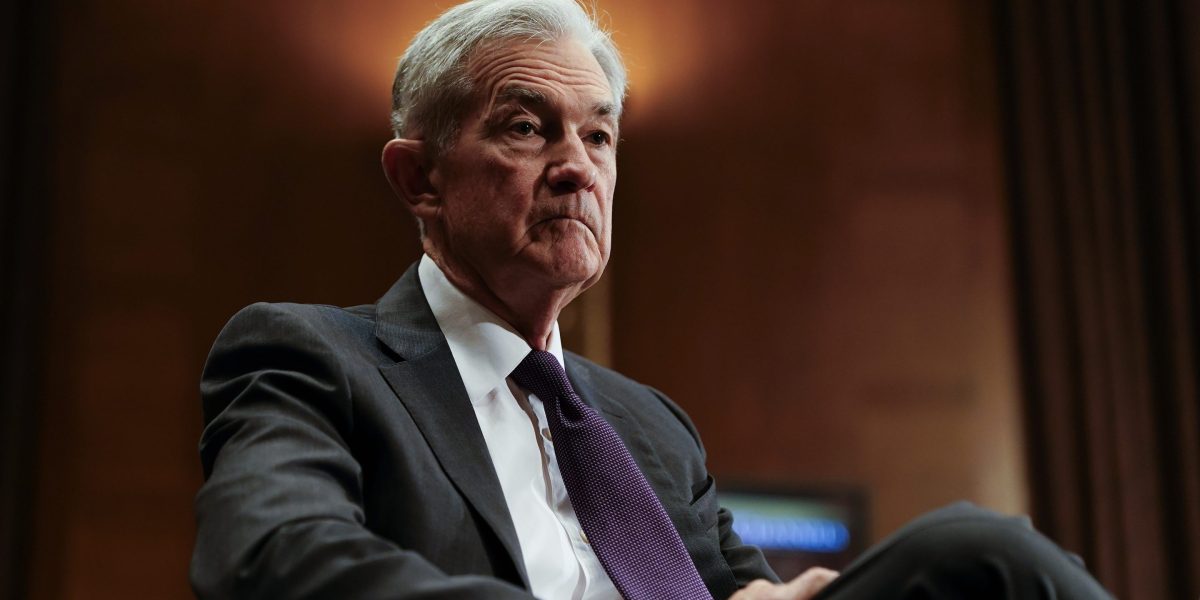
"Wall Street is largely expecting a cut to be confirmed today. Despite likely arguments from more dovish members of the FOMC that a cut of 50 basis points is appropriate, markets have priced in a 99.9% certainty that a 25 bps cut will be the outcome. Per CME's FedWatch barometer, interest rate traders are pricing a 0% chance of a 50 bps cut, and a 0.1% chance of a hold."
"Some of this reporting relates directly to the Fed's mandates of maximum employment and stable inflation of around 2%. For example, the Bureau of Labor Statistics hasn't published its employment situation survey since the beginning of September, meaning the FOMC has more limited information about the side of its mandate that has been more in flux. On the other hand, the BLS has managed to publish its inflation reporting."
"Friday's consumer price index came back with a 0.3% upward adjustment for September, compared with a 0.4% increase for the month prior. On this front, the data is relatively flat, contributing to an overall 3% rate (before seasonal adjustment) for the past 12 months. While sticky 3% inflation isn't ideal, it's also a far cry from the worst-case scenario many had envisioned: rocketing price rises as a result of President Trump's tariff regime."
The government shutdown has deprived the FOMC of some key government data ahead of its rate decision. Markets overwhelmingly expect a 25 basis-point cut, with CME's FedWatch pricing near-certainty for that outcome and virtually no chance of a 50 bps cut or a hold. Employment data from the Bureau of Labor Statistics has been unavailable since early September, limiting information on the Fed's employment mandate. Inflation data is available: September CPI rose 0.3%, leaving a roughly 3% year-over-year rate. Sticky 3% inflation remains concerning but falls well below the worst-case tariff-driven scenarios. Analysts expect Powell to emphasize other information given the data gaps.
Read at Fortune
Unable to calculate read time
Collection
[
|
...
]